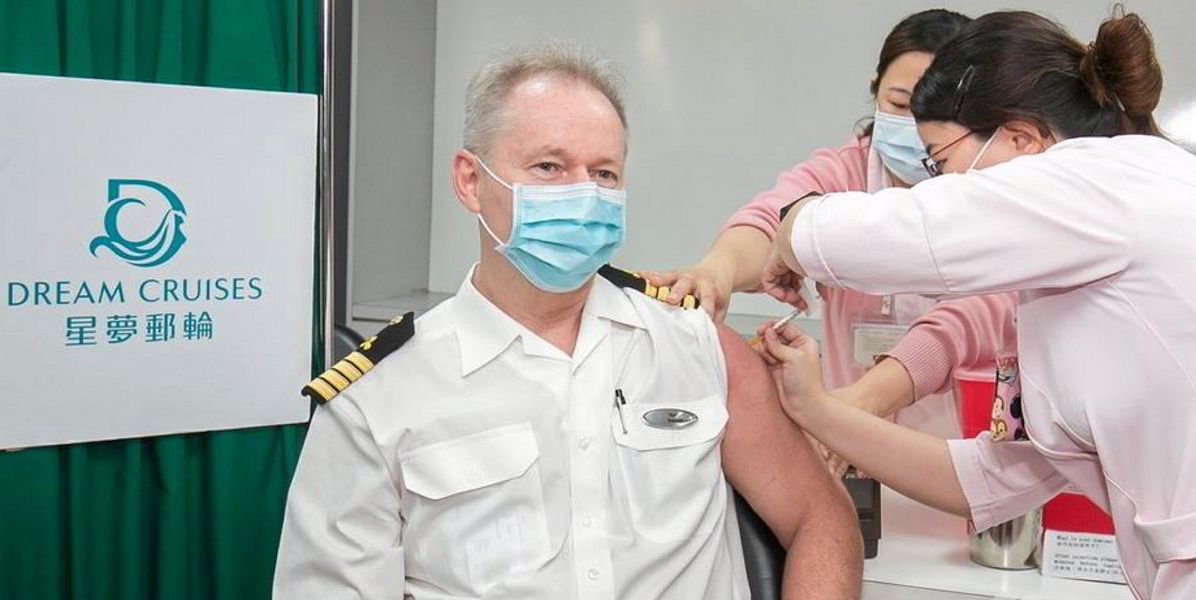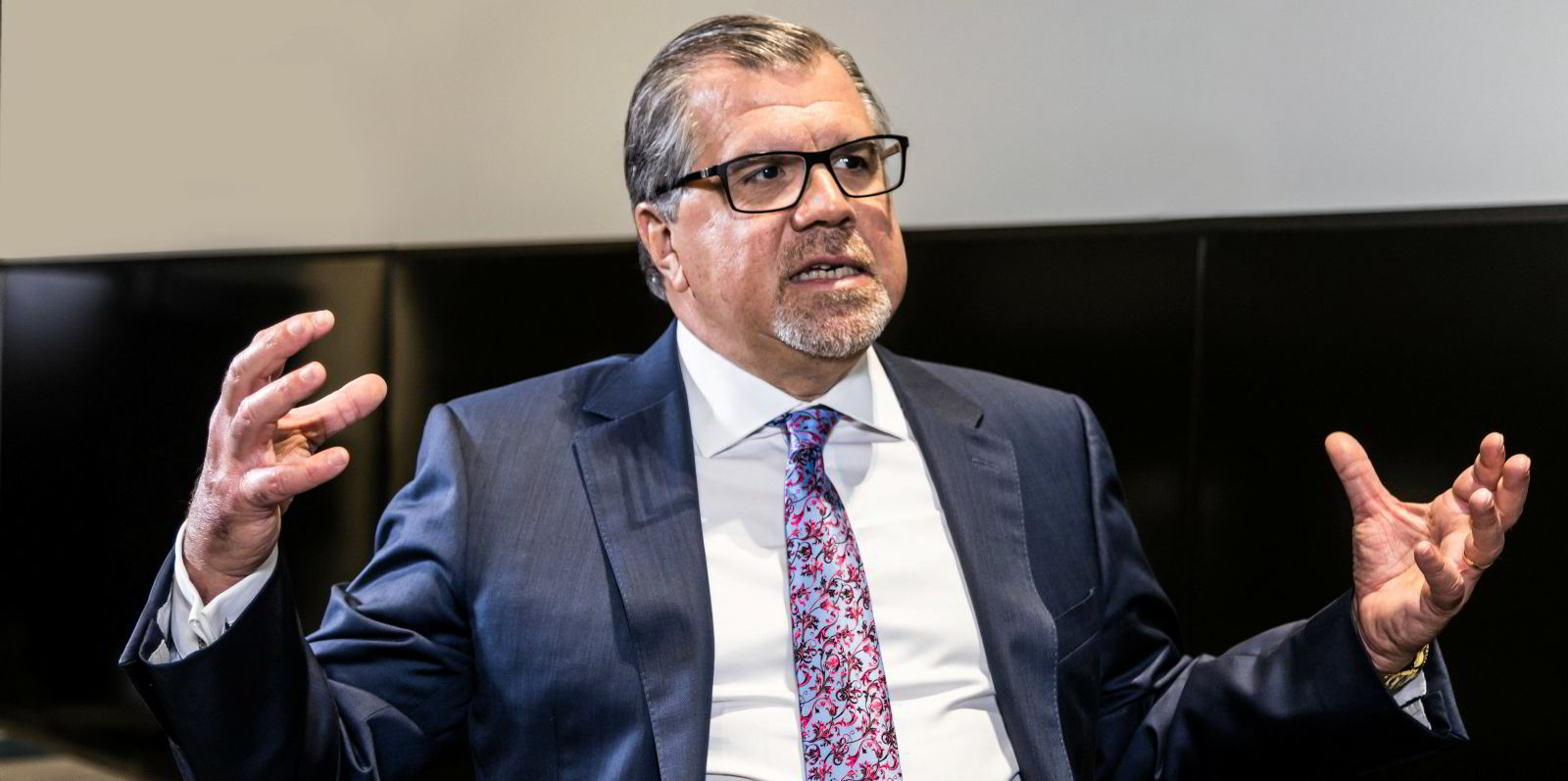The cruise sector is gaining a sense of hope as millions of people worldwide get Covid-19 vaccines and the US loosens restrictions, but rough waters still lie ahead.
The Big Three — Carnival Corp, Royal Caribbean Group and Norwegian Cruise Line Holdings — look forward to sailing again in US waters, but the challenges facing the industry are many, said Infinity Research analyst Assia Georgieva.
“It is so fluid, so difficult to nail anything down,” she told TradeWinds. “My guess is 2022 will be a more normal year for the cruise industry and for society in general.”
Georgieva, who has covered the sector for a quarter of a century, listed numerous barriers that it must overcome, including draconian requirements from the US Centers for Disease Control and Prevention (CDC), among them simulated voyages.
“The parameters were mostly unclear, but the few that were quantitative were onerous,” she said.
The CDC recently announced that ships with vaccinated passengers may bypass the mock voyages after industry pushback and a lawsuit from Florida governor Ron DeSantis.
However, DeSantis then threw a curveball at the sector by outlawing vaccination requirements in Florida, which is home to the big three cruiseship operators. “This created a conundrum for the industry,” Georgieva said.
Cruise must also spend millions of dollars on getting hundreds of ships out of a lay-up that has burned through hundreds of millions of dollars per month.
And how quickly the lines can restart those ships may vary.
Norwegian chief executive Frank del Rio warned that a midsummer restart from US ports could be in jeopardy without “an acceptable and definitive agreement” with the CDC, because of the time it takes to get a ship operating again after a cold lay-up.
But UBS analyst Robin Farley, who caught up with Carnival executives, found July is a realistic US restart date for the world’s largest cruiseship owner.
“None of [Carnival’s] ships are in cold lay-up,” she told clients. “They are in prolonged pause and could go back into service with 60 to 90 days’ notice.”
Billions of dollars in debt

There is also the question of how many people the cruise operators will be able to put on their ships.
“Occupancy in the US may initially be capped at 50% as we have seen outside the US, but seems likely to be able to very quickly go much higher than that given vaccine roll-outs,” Farley said.
She noted that it could take 14 to 20 months to get back to full capacity.
There is also the matter of the debt companies had to take on just to stay in business with no revenue coming in for 15 months — billions upon billions of dollars at often extremely high interest rates.
“They’re not out of the woods, but I don’t think there’s going to be in real liquidity trouble,” Georgieva commented.
The pre-pandemic cruise sector often carried billions of dollars in debt to fund newbuildings from government-backed European shipyards.
The industry is, therefore, accustomed to having a lot of debt, but interest rates were much lower before Covid-19 forced booming outfits to scramble for loans just to keep the lights on.
“It’s a capital-intensive business,” Georgieva added. “It will take 2023 and beyond for the cruise industry to dig themselves out of the debt hole, but generally they carry high debt loads.”
Much of cruise’s future depends on what happens with the global economy.
“We might be going into an inflationary environment,” she said. “We have been seeing a lot of cryptocurrencies in the stock market going up, so we might be poised for a crash.”
But not all is doom and gloom.
Companies have been able to keep pricing up while doing away with future cruise credits that came with 25% bonuses, thanks to pent-up demand, she said.
The industry actually looks more attractive to investors because owners have shed older, inefficient ships and streamlined their fleets into more nimble money-makers.
And the high debt loads do not seem to worry backers, many of which are as eager to buy notes as they are to buy shares.
“People are giving them the benefit of the doubt and they know that there are real assets behind this business. Companies taking on a lot more debt might be the new normal,” Georgieva said.
The three biggest cruise companies have racked up nearly $60bn in debt since early 2020 as a result of the pandemic.
Carnival Corp has $24.9bn in debt, Royal Caribbean Group $20.9bn and Norwegian Cruise Line Holdings $12.2bn.
Given the higher interest rates, owners will probably funnel cash towards paying down their most costly debt over the next two years, provided revenue comes in as expected, according to Infinity Research’s Assia Georgieva.
“Over the last 14 or 15 months, Carnival, for example, took on debt initially at 12% to 13% interest rate, which is unheard of in this industry, because [they] weren’t speculative grade,” she said. “They also did not get the advantage of being able to expense interest expenses, because they don’t pay [US] taxes.”
Norwegian will probably do the same, having already bought back $400m in exchangeable notes from private equity firm L Catterton that were not due until 2026.
“They’re trying to delever as quickly as possible, so I believe cash flow will go directly towards repaying of the more expensive debt, particularly in the 6% to 7% interest rate,” Georgieva said.
The New York-listed trio will probably hold off on reinstating quarterly dividends until then, she added.






